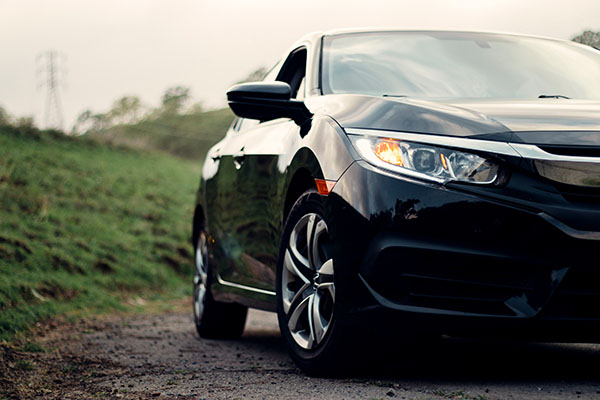
When it comes to the design of a vehicle's drivetrain, two dominant configurations stand out: rear-wheel drive (RWD) and front-wheel drive (FWD). These setups determine how power is transferred to the wheels and significantly impact a car's handling, performance, and overall dynamics. Today, we will be taking a closer look at both and their main benefits, so you are more informed on the topic if you have any prior questions.
Rear-Wheel Drive (RWD)
Rear-wheel drive is a classic configuration where the engine's power is delivered to the rear wheels. This layout offers distinct advantages that have made it a favorite among driving enthusiasts and performance-oriented vehicles. One of the most popular examples of RWD cars is BMW. They have quite the reputation for being good drift and performance vehicles, solely because of their drivetrain configuration.
Better Weight Distribution
With the engine and transmission at the front and power sent to the rear wheels, RWD cars tend to have a more balanced weight distribution. This results in improved handling and stability, especially during high-speed maneuvers and cornering.
Enhanced Traction
The rear wheels, being responsible for propulsion, have increased traction during acceleration. This is particularly advantageous for powerful sports cars and vehicles that need to tow heavy loads.
Predictable Handling
RWD vehicles often exhibit predictable oversteer characteristics when pushed to their limits. Skilled drivers can control this characteristic for dynamic cornering and controlled drifts.
Less Torque Steer
Torque steer, which causes the vehicle to pull to one side during acceleration, is minimized in RWD vehicles since the front wheels are primarily responsible for steering.
Front-Wheel Drive (FWD)
Front-wheel drive, on the other hand, is a layout where the engine's power is sent to the front wheels. This configuration is commonly found in many economy and compact cars. An added bonus to this configuration is the ease of repairs and maintenance, making it a very common decision for the drivetrain part of a vehicle's design process.
Efficient Packaging
FWD layouts are space-efficient, as the engine and transmission are located in the front, leaving more room for cabin space.
Enhanced Traction in Poor Conditions
The weight of the engine over the front wheels provides better traction, making FWD cars more stable in adverse weather conditions like rain or snow.
Easier Handling for Everyday Driving
FWD vehicles typically have more predictable understeer characteristics, making them easier to handle for most drivers, especially during regular commuting.
Lower Manufacturing Costs
FWD layouts are generally simpler to produce, making them cost-effective for mass-market vehicles.
For all of your vehicle's repairs and maintenance, no matter if it's RWD or FWM, contact us at H B Auto & AC!